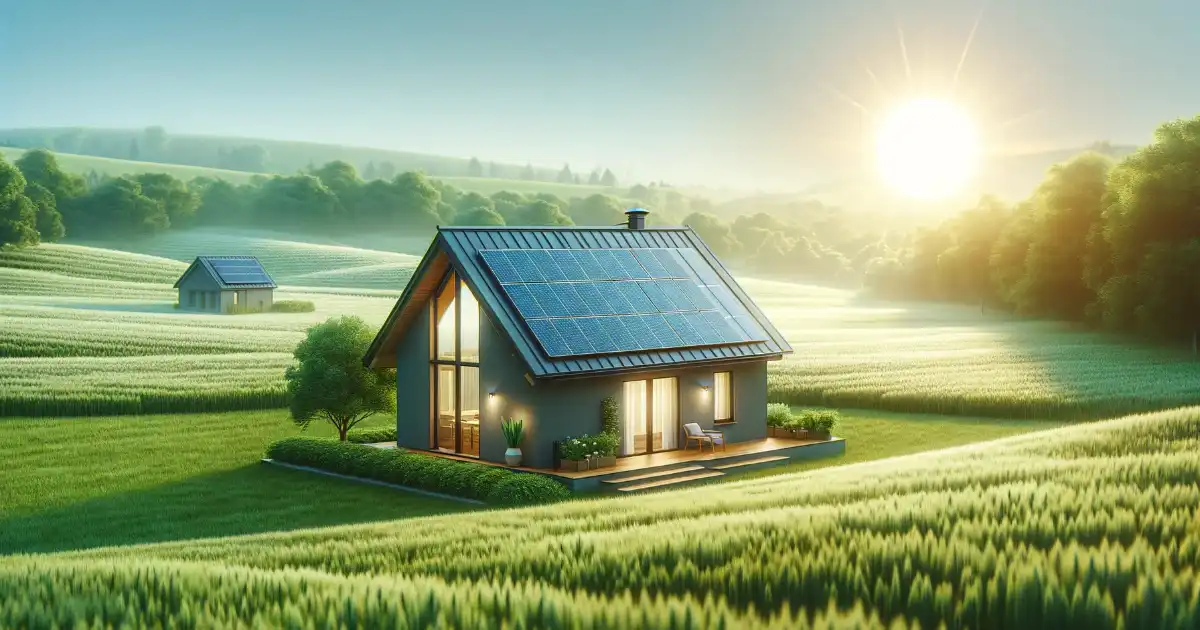Improving green technologies alone is not sufficient to address climate change. Significant lifestyle and behavioral shifts are also required. The disparity in wealth and resources between the wealthiest and poorest, both within and across nations, is a major obstacle in deploying climate change solutions like electric vehicles, solar power, and heat pumps. An article published in Nature Climate Change delves into why inequality is a major hurdle in achieving net zero emissions.
- Emissions Disparity Among Rich and Poor: Oxfam's recent study highlights the vast difference in carbon emissions between the world's richest and poorest. The top 1% of emitters contribute as much CO2 as the bottom 66% combined. The richest individuals exceed their sustainable carbon budget, which is around 1 tonne per year, by more than a hundredfold, averaging 110 tonnes annually. To transition to net zero in a fair and timely manner, it's crucial to reduce emissions from these major sources.
- The Influence of Wealth in Politics: Wealthy individuals often shape government policies to favor their interests, particularly those who have amassed wealth through fossil fuel investments. These billionaires fund groups that oppose climate change policies, hampering decarbonization efforts. The political power of the rich hinders the implementation of policies that could evenly distribute emissions and energy use.
- Ineffectiveness of Current Carbon Taxes: Present carbon pricing fails to reflect the true environmental and health costs of emissions, making pollution often cheaper than adopting clean alternatives. While carbon taxes aim to make green options more cost-effective, they disproportionately impact the poor and less wealthy countries by raising the prices of still-polluting goods and services. More equitable societies could implement carbon taxes that facilitate decarbonization for everyone.
- Limited Access to Green Alternatives: Many eco-friendly options, like installing heat pumps, require substantial initial investments, unaffordable for those with lower incomes. In the UK, for example, subsidies for energy-efficient home improvements are typically available only to homeowners, leaving renters with limited control over their living environment's emissions. Focused subsidy schemes could help lower-income groups adopt necessary changes for a net zero transition.
- The Role of Free Time in Going Green: Time availability is another inequality aspect. Low-carbon choices often require more time or are less convenient, such as long-distance train travel versus flying. Wealthier individuals can more easily afford time-consuming activities like learning new skills or adopting eco-friendlier lifestyles. Policies promoting more equal free time distribution, like a four-day workweek, can support environmental-friendly lifestyle changes.
- Challenges in Public Service Provision: Access to high-quality public services facilitates low-carbon choices. In the UK, London's extensive and affordable public transport contrasts with rural areas where deregulation and privatization have led to unequal public transport access. Enhancing public service provision can ease the transition to low-carbon living.
In conclusion, addressing the vast resource consumption by a wealthy minority and redistributing their influence are essential for sustainable living. This would ensure the planet supports a decent life for everyone.
Source: The Conversation - Six ways inequality holds back climate action
